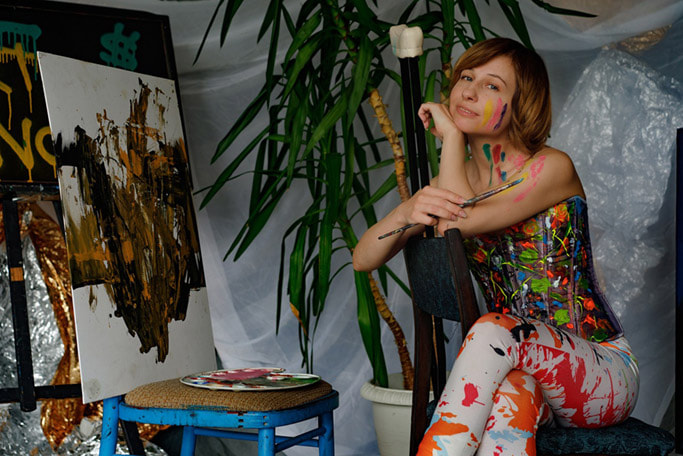Art Therapy: Activities, Ideas, & HistoryBy Charlie Huntington, M.A., Ph.D. Candidate
Art therapy uses artistic activities to promote growth and self-acceptance in people, thereby helping them with their psychological problems and mental health disorders.
in none of them had I shown much potential. I could not wait to be done with trying to be good at art.
Looking back, I can see how my perfectionistic tendencies and my inhibitions around really putting my true self out there probably conspired to keep me from pouring myself into that kind of artwork and finding my own potential as an artist. At the same time, while I now can channel that creativity and sense of self into creating music, making with my hands in this way continues to elude me. This makes me all the more impressed by people who find deep fulfillment in creating art and who readily show their souls in their work. It also builds my admiration for art therapists, people who accompany others in their journeys of self-discovery and healing through artistic activities. Let’s look together at what this work entails and how it might be helpful to people with and without significant mental health challenges. Before reading on, if you're a therapist, coach, or wellness entrepreneur, be sure to grab our free Wellness Business Growth eBook to get expert tips and free resources that will help you grow your business exponentially.
Are You a Therapist, Coach, or Wellness Entrepreneur?
Grab Our Free eBook to Learn How to
|
Are You a Therapist, Coach, or Wellness Entrepreneur?
Grab Our Free eBook to Learn How to Grow Your Wellness Business Fast!
|
Terms, Privacy & Affiliate Disclosure | Contact | FAQs
* The Berkeley Well-Being Institute. LLC is not affiliated with UC Berkeley.
Copyright © 2024, The Berkeley Well-Being Institute, LLC
* The Berkeley Well-Being Institute. LLC is not affiliated with UC Berkeley.
Copyright © 2024, The Berkeley Well-Being Institute, LLC




